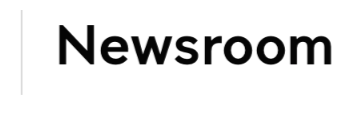Is your home safe? Insurance loopholes and challenges to avoid this bushfire season
A combination of increased insurance premiums, increased bushfire risk and updated building codes could mean insurance policyholders are underinsured – or not insured at all.



